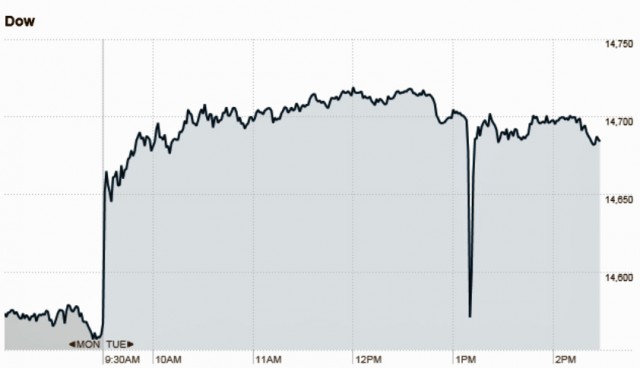One of the most common talking points nowadays has been the often cited study from Reinhart and Rogoff that stated when countries have debt over 90% of GDP, they drop several percent in their growth.
I've heard that and also read in number of places that there were contentions they had made several errors in that analysis. But it hasn't really gotten any traction.
Today, some additional publications came out to talk about the errors in their study.
From
Arstechnica:
However, the underlying numbers and the existence of the correlation was broadly accepted, due in part to Reinhart and Rogoff's paper not including the source data they used to draw their inferences.
A new paper, however, suggests that the data itself is in error. Thomas Herndon, Michael Ash, and Robert Pollin of the University of Massachusetts, Amherst, tried to reproduce the Reinhart and Rogoff result with their own data, but they couldn't. So they asked for the original spreadsheets that Reinhart and Rogoff used to better understand what they were doing. Their results, published as "Does High Public Debt Consistently Stifle Economic Growth? A Critique of Reinhart and Rogoff," suggest that the pro-austerity paper was flawed. A comprehensive assessment of the new paper can be found at the Rortybomb economics blog. It turns out that the Reinhart and Rogoff spreadsheet contained a simple coding error. The spreadsheet was supposed to calculate average values across twenty countries in rows 30 to 49, but in fact it only calculated values in 15 countries in rows 30 to 44.
...
The original paper also used an unusual scheme for weighting data. The UK's 19-year stretch of high debt and moderate growth (during the period between 1946 and 1964, the debt-to-GDP ratio was above 90 percent, and growth averaged 2.4 percent) is conflated into a single data point and treated as equivalent to New Zealand's single year of debt above 90 percent, during which it experienced growth of -7.6. Some kind of weighting system might be justified, with Herndon, Ash, and Pollin speculating that there is a serial correlation between years.
Recalculating the data to remove these three issues turns out to provide much weaker evidence for austerity. Although growth is higher in countries with a debt ratio of less than 30 percent (averaging 4.2 percent), there's no point at which it falls off a cliff and inevitably turns negative. For countries with a debt of between 30 and 60 percent, average growth was 3.1 percent, between 60 and 90 it was 3.2 percent, and above 90 percent it was 2.2 percent. Lower than the low debt growth, but far from the -0.1 percent growth the original paper claimed.
What are the implications of this research? Probably very little in the political arena as many of those folks have their decisions made up long ago. But it will add more contention to the European austerity programs. Interesting.
Some other sources:










